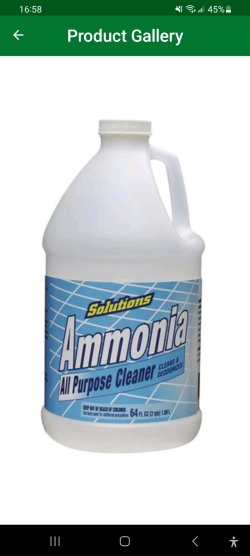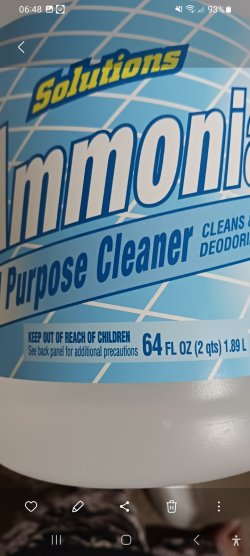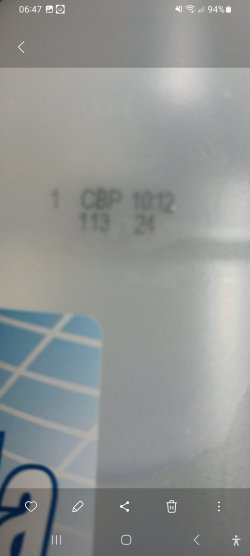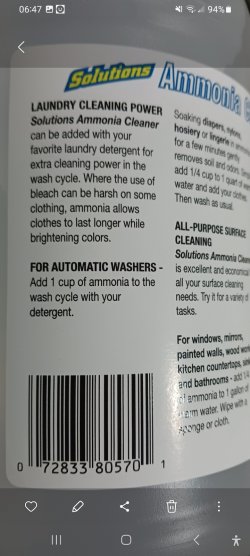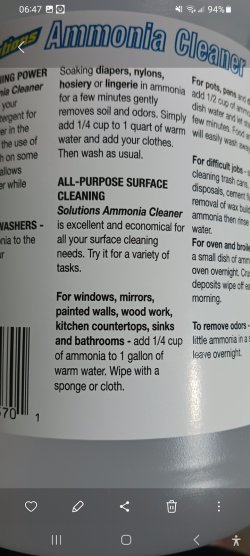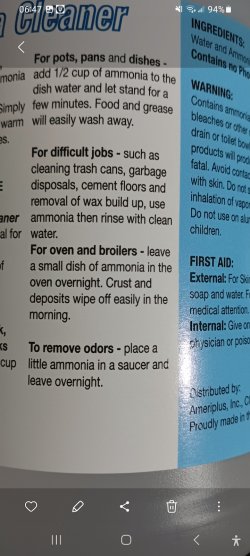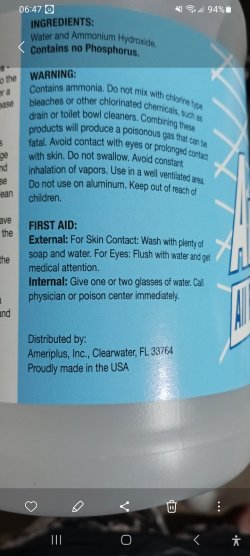There's a calculator on here to work out how much.
First, the volume of water in the tank. This is not the same as the manufacturer's quoted volume - that includes the thickness of the glass and the air space you need to leave between the surface of the water and the rim of the tank. So the amount of water the tank can hold is less than the quoted volume. Then you need to reduce that volume even more as substrate and any decor in the tank will replace some water.
In general, take off 15% of what the manufacturer says. Tell us what the manufacturer says the volume is.
It is better to assume the bottle of ammonia is 10%, that way you can't add too much. If it's less than 10% you can add more, but if too much is added you would need to do a water change to remove some ammonia.
Using the ammonia calculator and giving the % as 10%, you need to add 1.14 ml for every 10 gallons of
water in the tank

A syringe is the easiest way to dose small amounts, I buy babies' medicine dosing syringes form my local pharmacy (the babies dosing bit is important, when I asked for just 'a syringe' I got the third degree about why I wanted one)
Add the ammonia, wait half an hour for it to mix in then test for ammonia. If it's less than 3 ppm, add some more. Make a note of how much you add each time so you know how much of the ammonia solution you need altogether to get 3 ppm.
Then follow TwoTankAmin's fishless cycling method.


